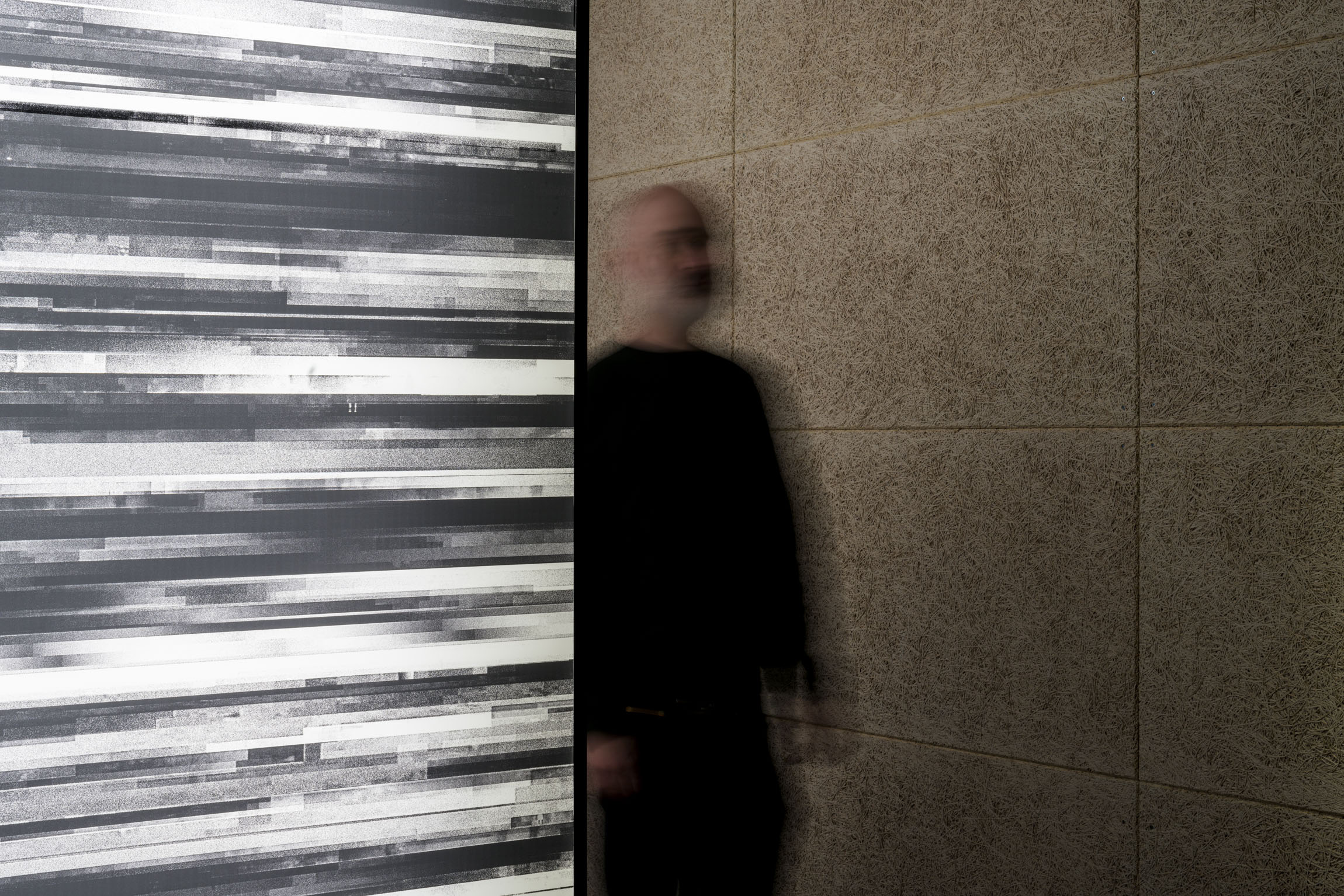Picasso on Prescription: The Health and Wellbeing Benefits of Cultural Spaces

Attending museums and galleries can make us happier, healthier and more connected with those around us, so is it time that these institutions start considering themselves critical to public health? Echo Callaghan, an interpretation specialist at Nissen Richards Studio, investigates.
Why do we go to exhibitions? For many of us, we go to a museum or gallery, however high the price of tickets or however long the queue, in the hope that we will be moved and engage with new ideas about ourselves and the world around us.
In recent years, the impact of exhibitions on the wider public has come under increased scrutiny as the medical community has woken up to the transformative power of the arts. As a result, a burgeoning field of research has developed, bringing together medical research and arts practitioners to investigate the role of cultural spaces in improving public health. This shift in thinking has led to an increase in institutions developing partnerships with hospitals and other healthcare providers, as well as a trend for offering patients with anxiety and depression prescriptions for cultural activities.
These new approaches to healthcare come under the title of ‘social prescribing’, where GPs can offer non-medical interventions for people whose health conditions relate to loneliness or stress, which often can’t be tackled by medication alone. Whether it’s a prescription to join a 5-aside football team, join a choir or volunteer at a museum, these interventions tackle the root-cause of people’s medical issues and reconnect them with their community.
Research by The National Academy for Social Prescribing suggests that attendance at arts and cultural institutions is overwhelmingly correlated with an improvement in physical and mental wellbeing. Cities with a high number of cultural institutions tend to experience higher levels of connectedness and lower levels of anxiety, depression and physical ill-health, including conditions such as chronic pain and diabetes. Visiting galleries, museums and the theatre was even associated with a lower risk of developing dementia in older age.
But it’s not just attendance at these institutions that can improve our quality of life, these institutions are also critical to the provision of arts activities, with public institutions, museums and libraries offering space for creative and therapeutic activities.
Many institutions are aware of their role in improving public wellbeing, with a number of galleries and museums developing long-term collaborations with medical institutions. At Dulwich Picture Gallery, their public programming includes the opportunity for people with a referral from a local GP to attend a range of arts workshops. They also provide learning opportunities for local medical professionals in order to promote social prescribing and work with artists to create commissions for local medical centres which enhance opportunities for healing.
Introducing artworks into hospital environments isn’t a new concept. The earliest hospitals were often housed in religious buildings where religious art and imagery was ever-present. When set in the historic context of hospital design, the clinical white walls of contemporary hospitals are the outlier. And over the past few decades hospitals have been returning to the decorative traditions of the past in the wake of new research highlighting its impact on patient outcomes and wellbeing. The National Portrait Gallery has been working with children’s hospitals across London for the last 15 years, running creative workshops and activities designed to inject a sense of fun into the patient experience. And organisations such as Hospital Rooms specialise in bringing world-class artists into medical environments, running workshops with patients and creating commissions to create warmer, more humane environments.
Museums have their own role to play when it comes to transforming hospital environments. Researchers have discovered that patients in hospitals and care homes experience an increase in mental and physical wellbeing after handling historic objects and that the process of viewing and engaging with these objects also improved communication between doctors and patients.
Clearly, both medical environments and cultural centres are evaluating their relationships and exploring how we can improve patient experiences and enhance the wellbeing of the general public. But what would cultural institutions look like if they fully embraced their role as both artistic or heritage centres and wellbeing spaces? And how would we reimagine hospitals if the arts and culture were central to the patient experience?
Currently, interventions by both medical establishments and cultural centres are partial, offering an injection of culture for some patients or creating a commission in a singular part of a building. Reimagining the role of museums and galleries as central to our wellbeing, as life-giving spaces where people can re-evaluate, connect and engage may seem a lofty aim, but it’s one that highlights the centrality of these spaces in the public consciousness and within our individual acts of meaning-making.
For exhibition designers, this reassessment of the purpose of cultural spaces may require us to foreground visitors who are struggling with their mental and physical health in our designs, offering people enough room to engage with the work in front of them fully and allowing them to breathe, reflect and find a sense of calm. Creating moments of connection and lively discussion would also become more pivotal, allowing communities to come together.
We might ensure that we create space for therapeutic activities, or even design exhibition showcases so that they can be taken into hospitals to allow a greater range of people access to exhibition content. The exhibitions we design could become spaces which people from care homes, hospitals or other medical environments are confident that they can navigate, spaces where people who are struggling with their mental health can find refuge and overcome sensations of loneliness or anxiety.
At Nissen Richards Studio, when we address difficult content, we apply trauma informed design principles to our approach in order to ensure that our exhibitions are safe for everyone to access, no matter their lived experience. We also routinely work with access consultants to determine where visitors might experience barriers to content and how we can increase the inclusivity of museum and gallery spaces. Working additionally with psychologists, therapists and other medical professionals could help exhibition designers to create designs that, instead of mitigating any negative response to the content, actively function to increase our collective health and wellbeing.
Reference List
Mughal R., Polley M., Sabey A. & Chatterjee H.J. ‘How Arts, Heritage and Culture can support health and wellbeing through social prescribing’. NASP, 2022.
Helen J. Chatterjee & Paul M. Camic. ‘The health and well-being potential of museums and art galleries’, Arts & Health: An International Journal for Research, Policy and Practice, 7:3, 2015: pp. 183-186, DOI: 10.1080/17533015.2015.1065594
Hospital Rooms. ‘About Us’ Hospital Rooms. n.d Web. https://hospital-rooms.com/about-us/ Accessed 15 Aug 2024.
National Portrait Gallery. ‘Hospitals’ programme’. n.d. Web. https://www.npg.org.uk/learning/access/hospital-schools/
Dulwich Picture Gallery. ‘Tessa Jowell Health Centre’. n.d. Web.https://www.dulwichpicturegallery.org.uk/learning/health-wellbeing/dulwich-picture-gallery-plus/
Wallentine, Anne. ‘A history of art in hospitals’. Feb 2024. Web. https://wellcomecollection.org/articles/ZcDDSBAAACAAKL-_



